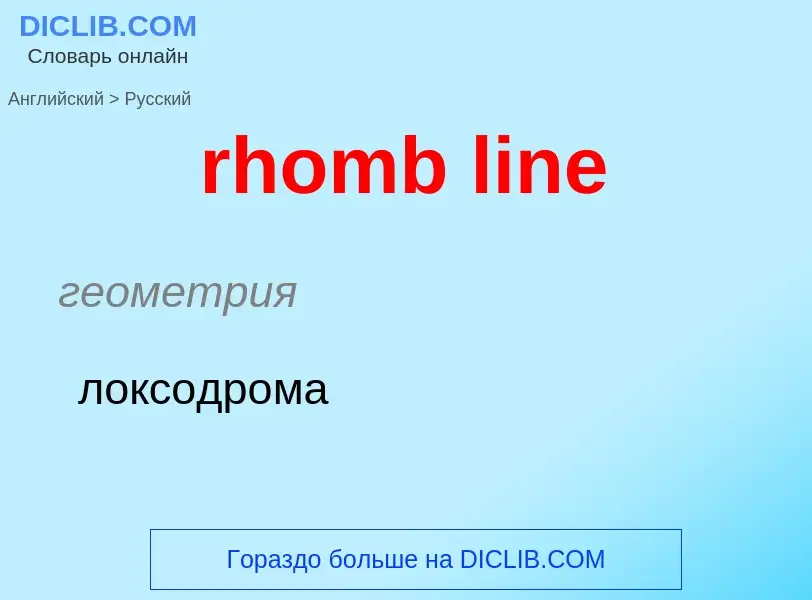Translation and analysis of words by ChatGPT artificial intelligence
On this page you can get a detailed analysis of a word or phrase, produced by the best artificial intelligence technology to date:
- how the word is used
- frequency of use
- it is used more often in oral or written speech
- word translation options
- usage examples (several phrases with translation)
- etymology
rhomb line - translation to russian
геометрия
локсодрома
общая лексика
прямая линия
строительное дело
прямая (линия)
['hɑ:flain]
математика
луч
строительное дело
полупрямая
Definition
Wikipedia
A Fresnel rhomb is an optical prism that introduces a 90° phase difference between two perpendicular components of polarization, by means of two total internal reflections. If the incident beam is linearly polarized at 45° to the plane of incidence and reflection, the emerging beam is circularly polarized, and vice versa. If the incident beam is linearly polarized at some other inclination, the emerging beam is elliptically polarized with one principal axis in the plane of reflection, and vice versa.
The rhomb usually takes the form of a right parallelepiped — that is, a right parallelogram-based prism. If the incident ray is perpendicular to one of the smaller rectangular faces, the angle of incidence and reflection at both of the longer faces is equal to the acute angle of the parallelogram. This angle is chosen so that each reflection introduces a phase difference of 45° between the components polarized parallel and perpendicular to the plane of reflection. For a given, sufficiently high refractive index, there are two angles meeting this criterion; for example, an index of 1.5 requires an angle of 50.2° or 53.3°.
Conversely, if the angle of incidence and reflection is fixed, the phase difference introduced by the rhomb depends only on its refractive index, which typically varies only slightly over the visible spectrum. Thus the rhomb functions as if it were a wideband quarter-wave plate — in contrast to a conventional birefringent (doubly-refractive) quarter-wave plate, whose phase difference is more sensitive to the frequency (color) of the light. The material of which the rhomb is made — usually glass — is specifically not birefringent.
The Fresnel rhomb is named after its inventor, the French physicist Augustin-Jean Fresnel, who developed the device in stages between 1817 and 1823. During that time he deployed it in crucial experiments involving polarization, birefringence, and optical rotation, all of which contributed to the eventual acceptance of his transverse-wave theory of light.


